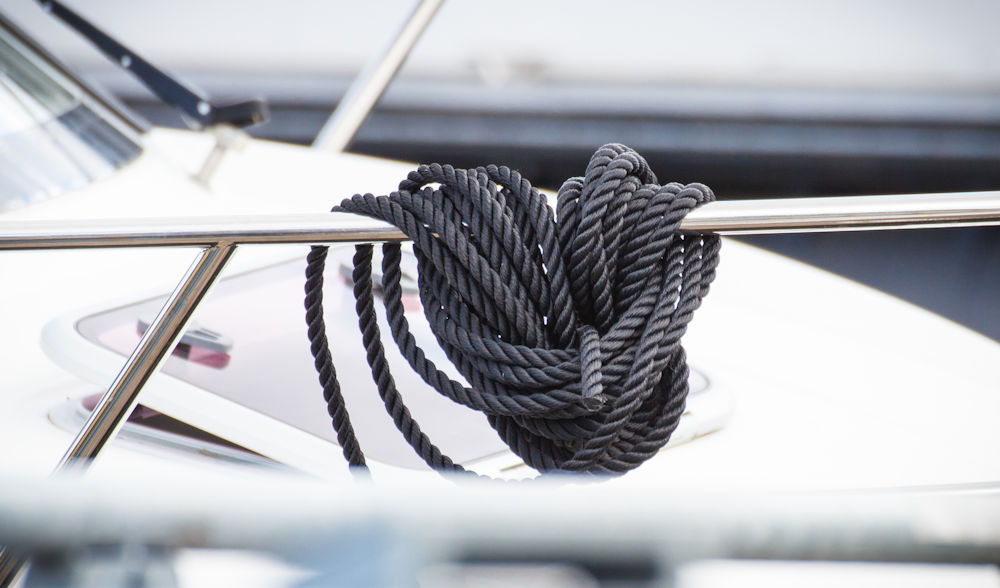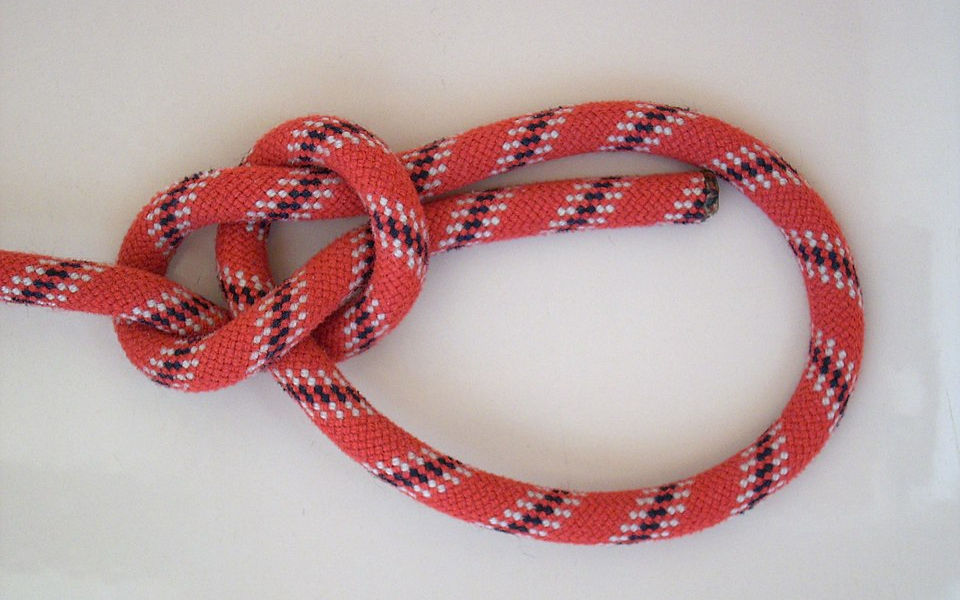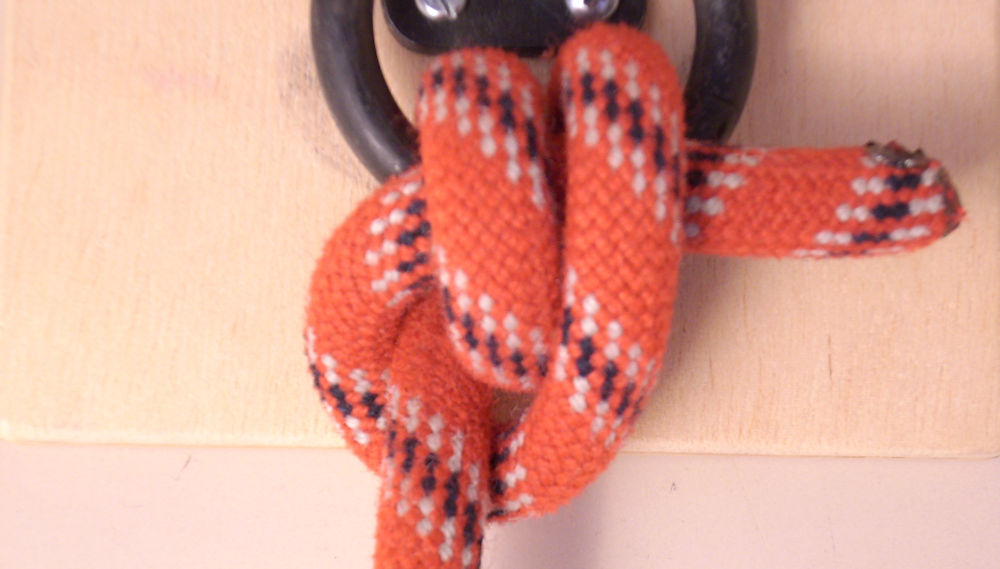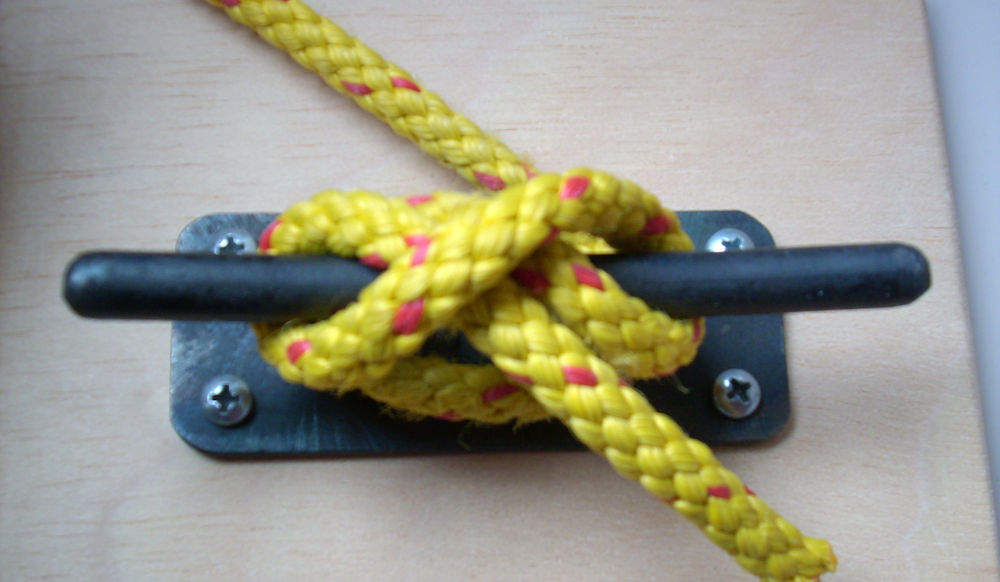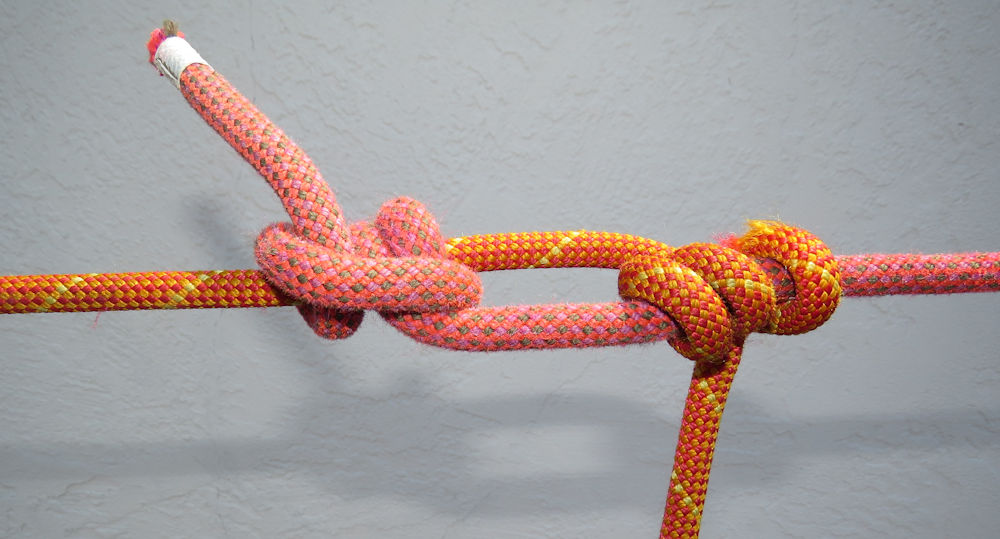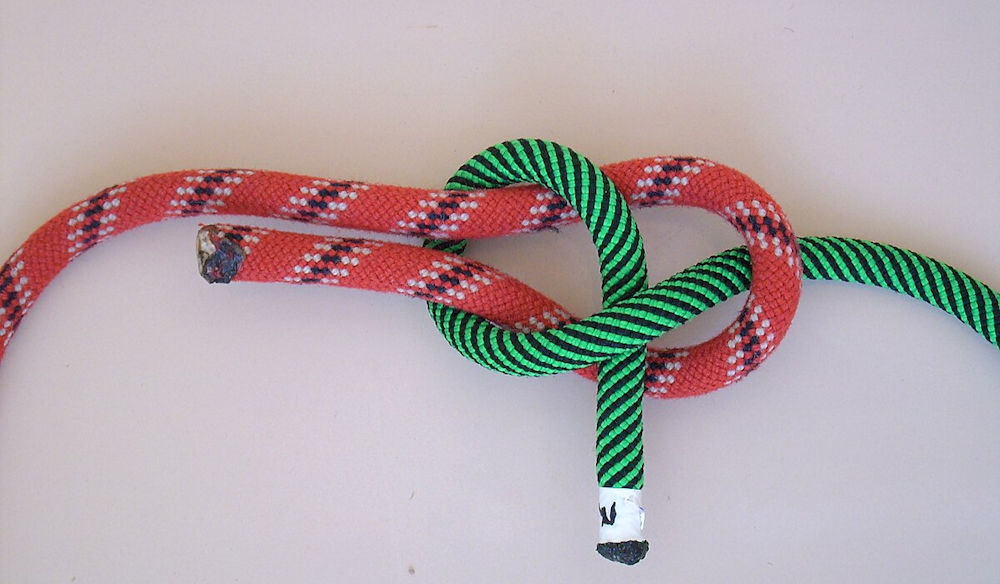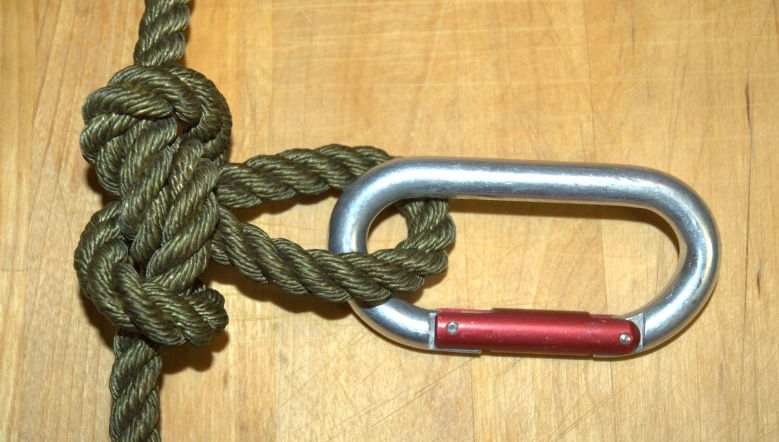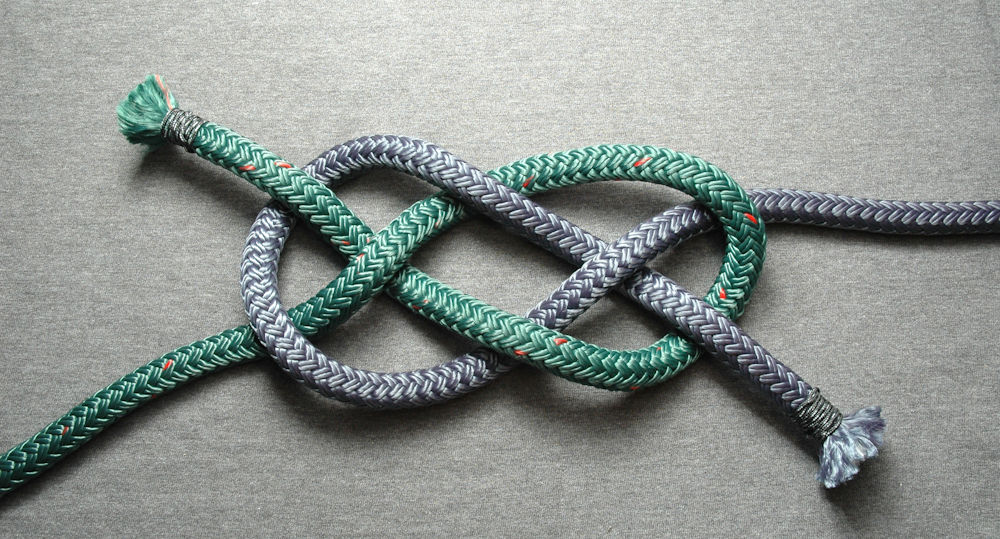Introducing the Superyacht and Megayacht
Luxury Yachts and Boats for the Uber-Rich
Designed as opulent floating resorts for the super-rich, superyachts and megayachts are in a world of their own when it comes to luxury travel. These vessels exceed even the most luxurious of on-land resorts. Travellers who dream of a getaway at sea without the crowds of a cruise ship, stunning cabins and endless amenities really love these incredible yachts and charter them to cruise the Mediterranean and Caribbean Seas. Often lumped into the same category, superyachts and megayachts are similar in that they’re both massive vessels designed for comfort, with professional crews and luxurious outfitted limousines that take passengers to land in air-conditioned comfort. It seems that the only real difference between superyachts and megayachts is their size:
Superyachts are usually a minimum of 78 feet long, while megayachts are minimum 260 feet long. Used for the ultimate at-sea vacations as well as state of the art research vessels, superyachts and megayachts push the boundaries of boating and inspire awe in all who see them.
The Ultimate Holiday
Meant to accommodate large parties, the original use for superyachts and megayachts was for billionaires and celebrities to flaunt their wealth, with yachts designed top to bottom in their own image. Custom designed interiors include the finest materials such as marble and teak as well as features such as glass walls to take full advantage of the ocean views and even solid gold fixtures. These vessels can be spotted anchored around the world, including posh locales like the Amalfi Coast or St. Tropez.
To offset the astronomical cost of operating and owning these massive ships, they’re often chartered by millionaires for a memorable vacation and offer impressive features designed to meet the needs of any VIP guest. Offering a multitude of amenities like gyms, private spas, helipads, dance halls and even open-air cinemas, these yachts are meant for kicking back and enjoying the very best that life has to offer. Guests can also enjoy water toys like giant slides, a sea pool, wake boards, paddle boards, even jet packs and personal submarines.
Research Vessels
These yachts are also used as explorer and research vessels around the world, including icy northern seas. REV (Research Expedition Vessel) was designed as a hybrid luxury vessel and marine research ship. It supports sixty scientists and features 8 state of the art labs, manned and autonomous vehicles, an auditorium, and just about everything else researchers need to study the seas. The Norwegian vessel is also eco-friendly, able to travel the world on a single tank of fuel. Some private owners also choose to use their yachts to learn more about the seas. In addition to recreation, former Microsoft billionaire Paul Allen (d.2018) often used his yachts for ocean research to help save species and improve the ocean’s health.
The 5 Largest Privately-Owned Yachts
Feast your eyes on these marvels of engineering:
AZZAM – The longest privately-owned superyacht at 590 feet long. Belonging to Sheikh Khalifa bin Zayed Al-Nahyan, President of the United Arab Emirates, AZZAM took four years for 4,000 shipbuilders and designers to complete. It’s one of the fastest superyachts in the water, reaching speeds of up to 32 knots.
ECLIPSE – Eclipsed by AZZAM as the largest superyacht in the world, ECLIPSE is 533 feet long and features 18 cabins and a master suite to rival any luxury home. It can accommodate up to 36 guests and 70 crew. Owned by Russian businessman Roman Abromovich, ECLIPSE has two helicopter pads, a dance hall, two pools and several hot tubs.
DUBAI – At 531 feet, DUBAI has endless sunbathing opportunities with seven decks and can accommodate 24 guests. Owned by Sheik Mohammed bin Rashid al-Maktoum of Dubai, DUBAI has a platform large enough for a Blackhawk helicopter. It also includes a gymnasium, a personal submarine (with garage) and five VIP suites.
DILBAR – Often spotted along the Mediterranean coast, DILBAR is owned by Russian tycoon Alisher Usmanov. The yacht features a 25m indoor swimming pool (the largest of any yacht), teak decks, a helicopter pad, 18 guest cabins and 40 crew cabins. At 512 feet, DILBAR is the largest yacht in the world by interior space. She also has six power plants which produce 40,000 horsepower.
SAILING YACHT A – The world’s largest privately owned sail-assisted motor yacht, SAILING YACHT A is owned by Russian billionaire Andrey Melnichenko. A truly stunning superyacht, it features three rotating carbon fiber masts, with fully automated carbon fiber blend sails. With a hybrid electric-diesel propulsion system, a futuristic aesthetic and even an underwater observation pod in the keel, it’s a truly one-of-a-kind vessel that represents the best of engineering.
Quick Facts about Superyachts and Mega yachts
- There are limited numbers of these types of yachts. There are 10,000 plus superyachts in the world with about 150 added annually, and only a handful of mega yachts
- Superyachts and mega yachts have so many amenities and services on board that the crew to guest ratio can rival the finest hotels
- Sailing yachts are much less common and make up 20% of all superyachts and mega yachts
- Superyachts and mega yachts can cost anywhere from $5 million to $500 million
- Operating costs for one of these types of yachts can be 10% or more of the retail price
- Many owners employ teams of private guards for each port
Dreaming of your own holiday out on the water, or looking to upgrade your current yacht? At Van Isle Marina we are the exclusive dealers of Pursuit boats. As Certified Professional BC Boat Brokers, we’re glad to assist you in finding the perfect boat to meet your vision. Whether you’re looking for a superyacht, megayacht, cruiser or sailing yacht, we have a wide selection of yachts moored at our world-class sales docks. Contact our brokerage team today to experience the newest models for yourself.
